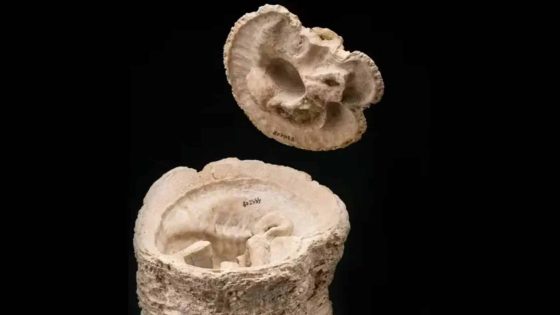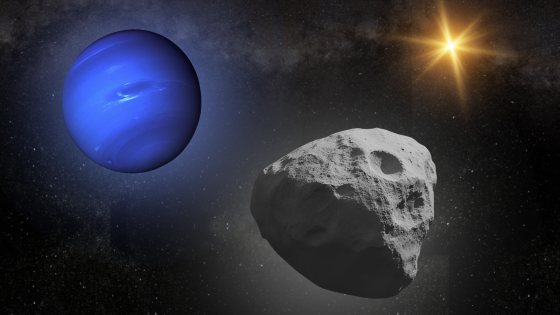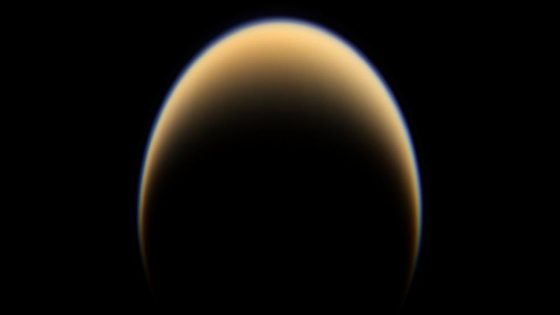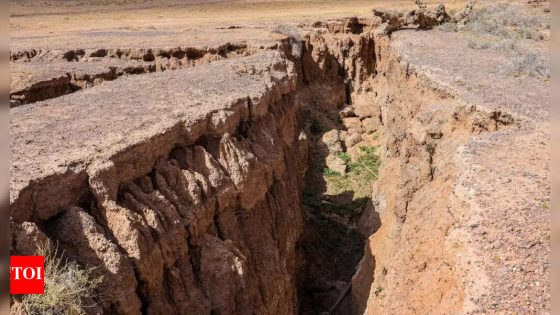The James Webb Space Telescope (JWST) has made groundbreaking strides in understanding disk galaxies. By examining these cosmic structures, scientists are uncovering how the universe has shaped its most magnificent forms. On July 1, 2025, this revolutionary telescope revealed insights that could alter our comprehension of galactic evolution.
- James Webb Telescope studies disk galaxy structures
- NASA investigates origins of disk galaxies
- Edge-on disk galaxies analyzed by JWST
- JWST reveals formation of galactic disks
- 10-billion-year mystery of galaxy shaping solved
Recent studies indicate that the JWST is effectively acting as a “time machine,” allowing researchers to observe the formation of galactic disks over billions of years. This unprecedented view not only enriches our knowledge but also raises intriguing questions about the mechanisms driving galaxy formation.
What drives the formation of these disk galaxies? The JWST’s observations suggest that gravitational interactions and dark matter play pivotal roles. Key points include:
- Edge-on disk galaxies provide critical insights into structural origins.
- JWST has illuminated the interplay between various cosmic forces.
- Understanding these processes could redefine theories of galaxy evolution.
- Data from the JWST may guide future astronomical research.
As we continue to explore the cosmos, the JWST stands at the forefront of astronomical research, prompting US to ask: What other secrets does the universe hold? The future of galactic studies looks promising.

































